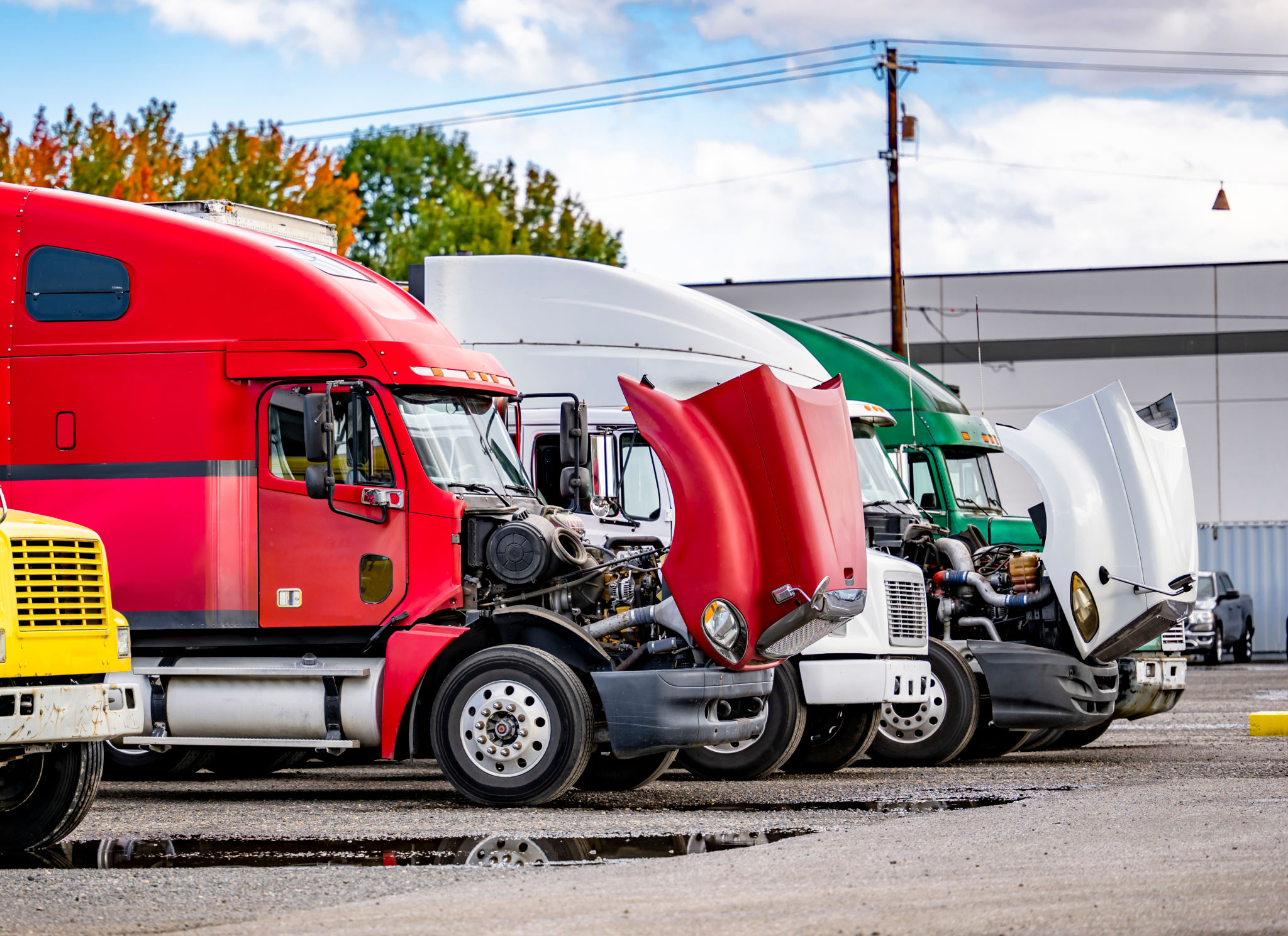Preparing Your Fleet for Hurricane Season in Florida: Essential Tips
Understanding the Importance of Fleet Preparation
As hurricane season approaches in Florida, businesses with fleets must prioritize preparation to ensure safety and minimize operational disruptions. Hurricanes can bring strong winds, flooding, and flying debris, all of which pose significant threats to vehicles. By taking proactive measures, fleet managers can protect their assets and ensure the continuity of their services.
Preparation is not just about safeguarding physical assets; it's also about maintaining business reputation and customer trust. A well-prepared fleet can continue to operate efficiently even in adverse conditions, offering critical support in emergencies.

Conducting a Thorough Fleet Inspection
One of the first steps in preparing your fleet for hurricane season is conducting a comprehensive inspection. This includes checking the condition of vehicle tires, brakes, batteries, and windshield wipers. Ensuring that all vehicles are in optimal condition can prevent breakdowns during severe weather.
Additionally, verify the integrity of vehicle exteriors. Look for any existing damage that could be exacerbated by high winds or flying debris. It's also advisable to check for any leaks that could lead to water intrusion during heavy rains.
Documentation and Record Keeping
Document all inspections and maintenance activities. Having records readily available ensures that your fleet meets safety standards and provides crucial information for insurance claims if needed. It's also beneficial to have updated contact information for all drivers and service providers.

Creating a Hurricane Response Plan
A detailed hurricane response plan is essential for efficient fleet management during storms. This plan should outline procedures for securing vehicles, relocating them if necessary, and communication protocols for keeping all team members informed.
Establish a hierarchy of command to streamline decision-making processes during emergencies. Clearly define roles and responsibilities so that every team member knows their duties when a hurricane is imminent.
Emergency Supplies and Equipment
Equip each vehicle with an emergency kit that includes items such as flashlights, first aid supplies, bottled water, and non-perishable snacks. Additionally, consider adding tools for minor repairs and extra fuel supplies. These kits can be lifesavers in situations where drivers are stranded or must wait for assistance.

Utilizing Technology for Real-Time Updates
Leverage technology to stay informed about weather updates and road conditions. GPS tracking systems can provide real-time location data, helping you make informed decisions about rerouting or repositioning vehicles to safer areas. Weather apps and alert systems are also valuable tools for proactive decision-making.
Moreover, ensure that all drivers have access to communication devices like smartphones or radios. This enables continuous contact with your fleet management team, facilitating quick responses to changing conditions.
Training and Communication
Regularly train your drivers on safety protocols specific to hurricane conditions. This includes defensive driving techniques in heavy rain, avoiding flooded areas, and knowing when to seek shelter. Clear communication is critical; ensure that all drivers understand the importance of reporting their locations and any issues they encounter promptly.
Post-Hurricane Assessment
After a hurricane passes, conduct a thorough assessment of your fleet. Check each vehicle for damage and address any maintenance issues before resuming normal operations. Documenting post-storm conditions can also aid in insurance claims and improve future preparation strategies.
Reflect on the effectiveness of your hurricane response plan and gather feedback from drivers and team members. Use this information to make necessary adjustments for even better preparedness in future hurricane seasons.

